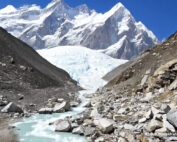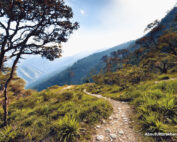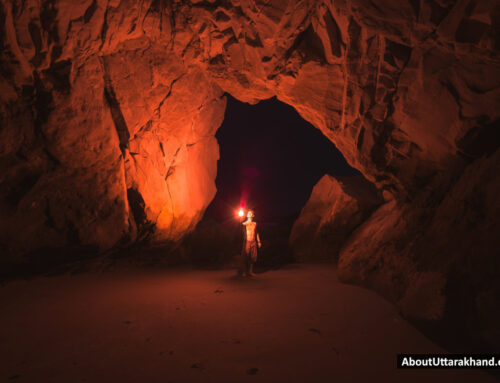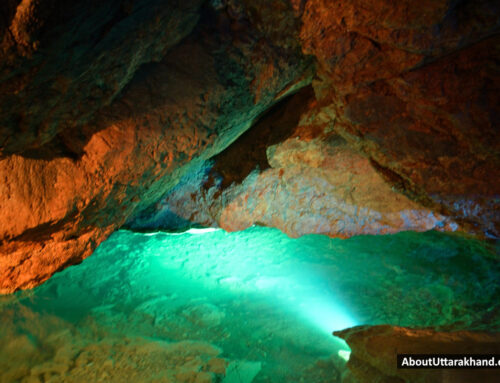Ganesh Cave
The Ganesh Cave is a well-kept secret that can be found in the gorgeous Chamoli District of Uttarakhand in India. It is a hidden jewel that lures travellers to discover its secrets. This natural marvel is more than just a cave; it is a location of profound spiritual significance, historical mystery, and breathtakingly beautiful natural surroundings.
We immerse ourselves in a world where the past, spirituality, and environment are intertwined as we set out on a trip to unravel the mysteries surrounding the Ganesh Cave, uncover its mysterious beginnings, and arrive at the end with a profound appreciation for the site.
Table of Contents
Ganesh CaveDetails About Ganesh Cave
History Of Ganesh Cave
Best Time To Reach Ganesh Cave
How To Reach Ganesh Cave
Places To Visit Near Ganesh Cave
To Conclude

Ganesh Cave |
Details About Ganesh Cave
The Ganesh Cave can be found in the Chamoli District, which is a part of the country that is famous for its breathtaking scenery and rich cultural history. The cave may be found in the Pandukeshwar village, which is located approximately 18 km away from the Badrinath town centre. Ganesh Cave is devoted to Lord Ganesha, one of the most venerated deities in Hinduism. In order to reach the cave, one must travel through beautiful valleys and along the banks of the Alaknanda River. It is considered a holy spot, and followers of Lord Ganesha often make the journey there as part of their religious practise. The religious significance of the cave is enhanced by the presence of a magnificent natural feature within it that has a striking resemblance to an idol of Lord Ganesha.
The cave itself is a striking example of nature's artistic prowess. On the interior, the walls are covered in complex stalactites and stalagmites, which give the room an alien feel. The formation that resembles Lord Ganesha is a fascinating highlight due to its elephant-head shape and striking similarity to the deity. Devotees visit Ganesh Cave throughout the year, although it experiences heightened activity on festivals and auspicious days linked with Lord Ganesha.
The formation that resembles Lord Ganesha is a captivating highlight. In the hope of receiving the divine's favour, pilgrims pray, light candles, and present offerings to the deity. The reverberation of devotion permeates the cave, transforming it into a setting that is imbued with a strong sense of spirituality. The Chamoli District is rich in both history and legend. It is a widely held belief that Lord Ganesha made a stop in this region at some point during his travels and bestowed his favour upon it. This historical connection contributes to the attractiveness of Ganesh Cave, since it is said to be a spot where Lord Ganesha himself emerged.
Additionally, the cave is surrounded by lush foliage and affords panoramic views of the majestic Himalayan peaks. The peace of the surrounding area, along with the soothing sounds of the Alaknanda River, creates an atmosphere that is conducive to meditation and self-reflection, and a trip to Ganesh Cave also provides the chance to become fully immersed in the culture of the area. The Chamoli District is well-known for its lively customs and celebrations; in addition, the locals are noted for their great hospitality, and tourists can sample authentic Kumaoni cuisine while they are there.
History Of Ganesh Cave
The history of Ganesh Cave is intricately woven into the vast fabric of Hindu mythology, including the story of Lord Ganesha and his cave. In Hinduism, Lord Ganesha, who has the head of an elephant and is revered for his intelligence, prosperity, and ability to remove obstacles, has a particular seat. According to local tradition, it is believed that Lord Ganesha, the son of Lord Shiva and Goddess Parvati, chose the Chamoli District as one of the locations for his sojourns. This belief is closely tied to the belief that Lord Ganesha himself visited this region during his travels.
The story behind Ganesh Cave is closely tied to the belief that Lord Ganesha himself visited this region during his travels. It is stated that he visited this location and showered his holy presence upon it when he was there. Ganesh Cave got its name from the natural formation that was seen inside the cave. This is one of the most fascinating aspects of how the cave got its name. It is said that a miraculous manifestation took place when a stalagmite formation remarkably resembled the idol of Lord Ganesha. It is believed that this geological structure, which has the unmistakable appearance of an elephant's head, is a portrayal of Lord Ganesha himself.
The name "Ganesh Cave" accurately depicts the divine connection between Lord Ganesha and this magnificent natural structure. It is this one-of-a-kind natural marvel that lends a layer of spiritual and historical value to the cave. It has become a destination for people from all over the world to pay their respects and make a pilgrimage in order to seek Lord Ganesha's blessings and to be amazed by the artistic wonders that nature has to offer.
Best Time To Reach Ganesh Cave
It is recommended to go to Ganesh Cave during the dry seasons of spring and autumn, namely between the months of March and June and September and November respectively. Cave exploration is best done during these months because the temperatures are mild and the weather is consistent. Before travelling to a new location, you should always make sure you are informed about the local conditions and safety advice.
How To Reach Ganesh Cave
| By Road |
Ganesh Cave can be reached by road and is located in the Chamoli district close to Badrinath. Roads connect Rishikesh, Haridwar, and other adjacent towns to Badrinath, making it accessible to travellers coming from these cities. From Badrinath, you should ask the locals for directions to Ganesh Cave, which can involve some hiking. |
| By Train |
If you choose to go by train, the Rishikesh Railway Station is the one that is located the closest to Badrinath. You can take a taxi or a bus from Rishikesh to get to Badrinath, and once you are there, you can ask people in the area for directions to the Ganesh Cave. |
| By Air |
Jolly Grant Airport in Dehradun is the location of the airport that is the closest to Badrinath while travelling by air. When you go to the airport, rent a taxi to take you to Badrinath, and once you are there, ask someone in the town for directions to the Ganesh Cave. |
Places To Visit Near Ganesh Cave
| Dharchula |
The picturesque town of Dharchula, which is located in the Uttarakhand District of India, acts as a gateway to the spectacular natural landscape and cultural riches that are located in the surrounding area. All of this takes place inside the shadow of the majestic Himalayas. This town, which is located approximately 915 meters above sea level, provides travellers with a diverse range of experiences, ranging from the vibrant cultural life to the breathtaking views of snow-capped mountains. Not only is Dharchula a fascinating location for ecotourists due to its proximity to the border between India and Nepal, but it is also a historical crossroads that has witnessed the rise and fall of a great number of civilizations. |
| Askot Wildlife Sanctuary |
Askot Wildlife Sanctuary, situated in the foothills of the beautiful Himalayas, is a living testimony to the stunning landscapes and abundant wildlife of Uttarakhand. Those interested in animals and the outdoors will find peace and quiet in this sanctuary, which is located in the Pithoragarh District close to Munsyari. In spite of its relative obscurity, this 600-square-kilometer wildlife sanctuary is just as enchanting as any other in the state. |
To Conclude
In conclusion, Ganesh Cave in Chamoli District is not simply a geographical wonder; it is also a site where spirituality, nature, and history merge at the same location. This sacred site is not only a destination for religious pilgrims but also a haven for those seeking tranquilly and the contemplative beauty of nature. It provides visitors with a one-of-a-kind opportunity to witness the divine in a natural formation that strikingly resembles Lord Ganesha, the Hindu god of wisdom and happy beginnings. Ganesh Cave is an invitation to explore the legends of Lord Ganesha's visit to this region, witness the wonders of geological formations, and immerse oneself in the warm embrace of local culture.
A visit to Ganesh Cave is an invitation to explore the legends of Lord Ganesha's visit to this region, witness the wonders of geological formations, and immerse oneself in the warm embrace of local culture. It is a journey that leaves an everlasting impact on the hearts of people who seek its blessings since it strengthens one's connection to spirituality, history, and the breathtaking Himalayan foothills.


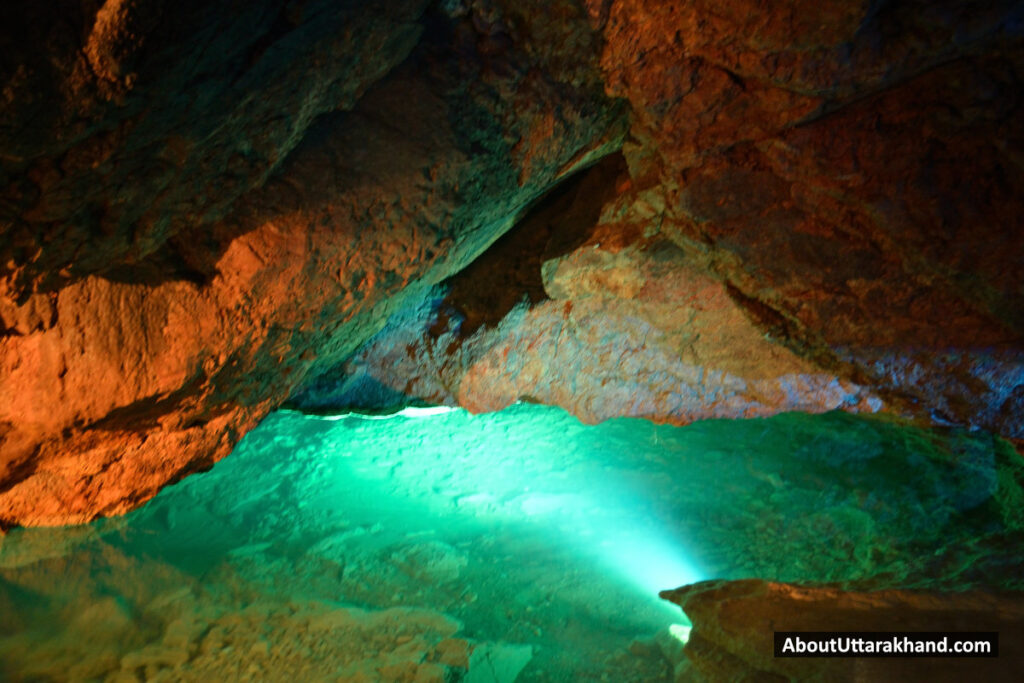
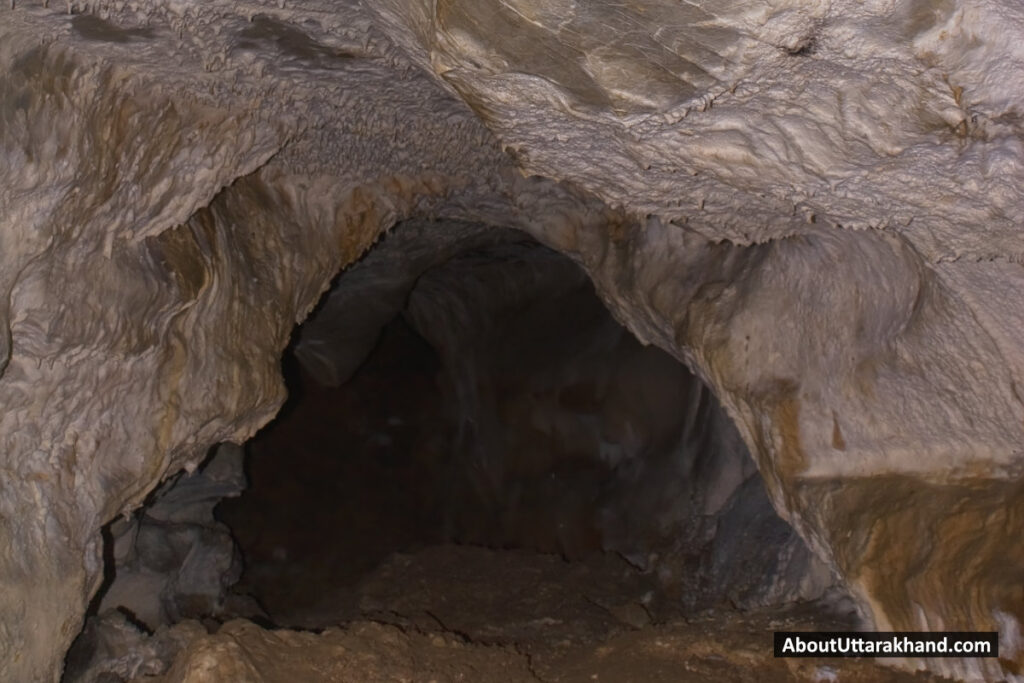

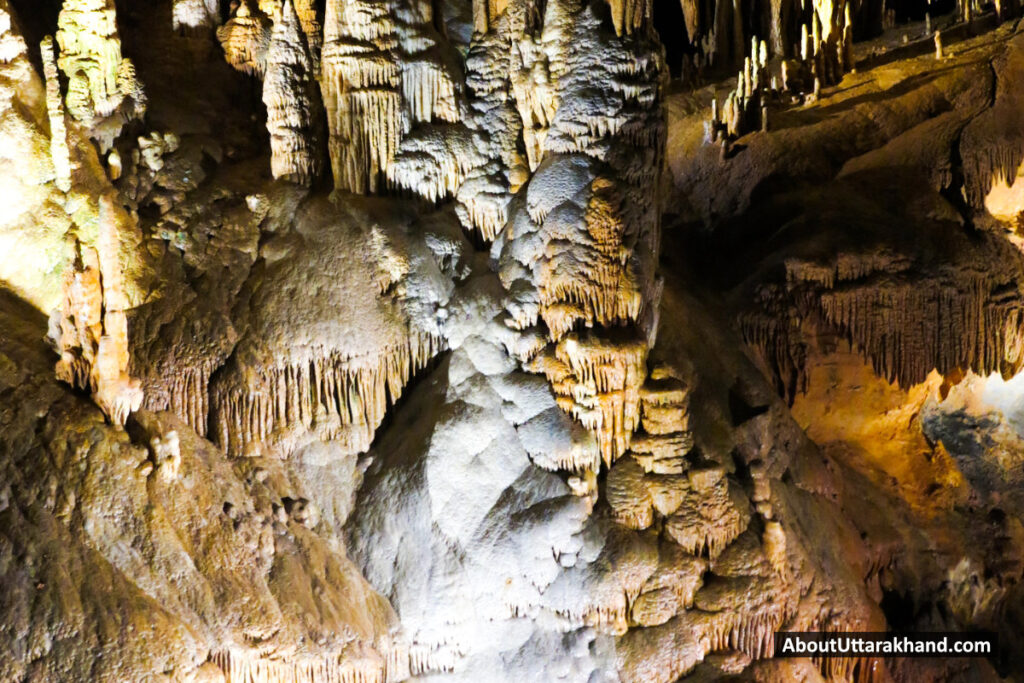
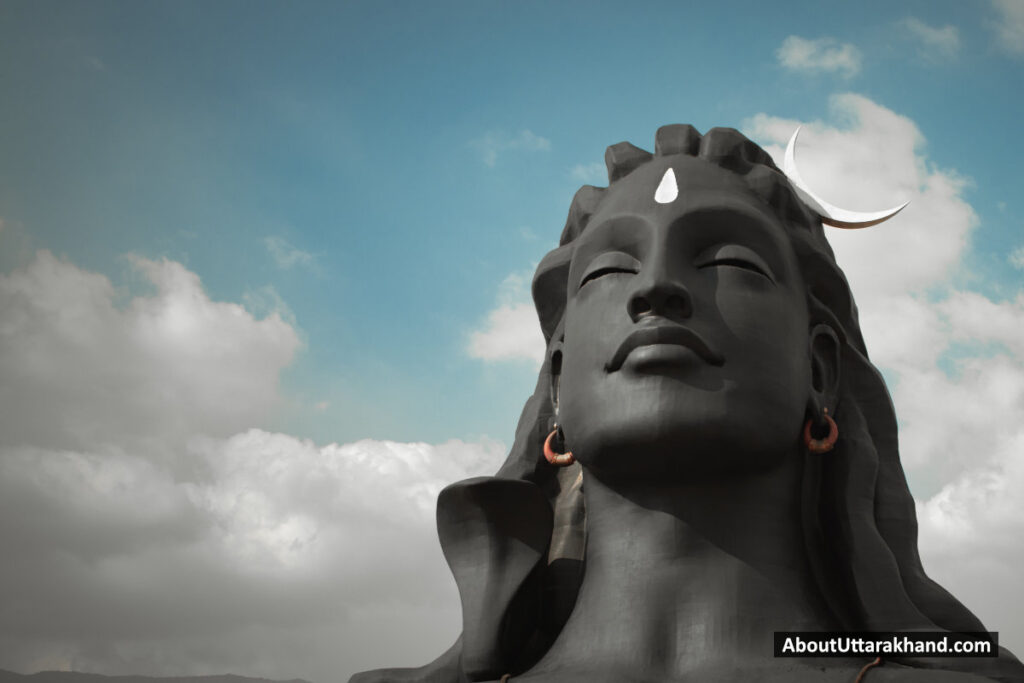
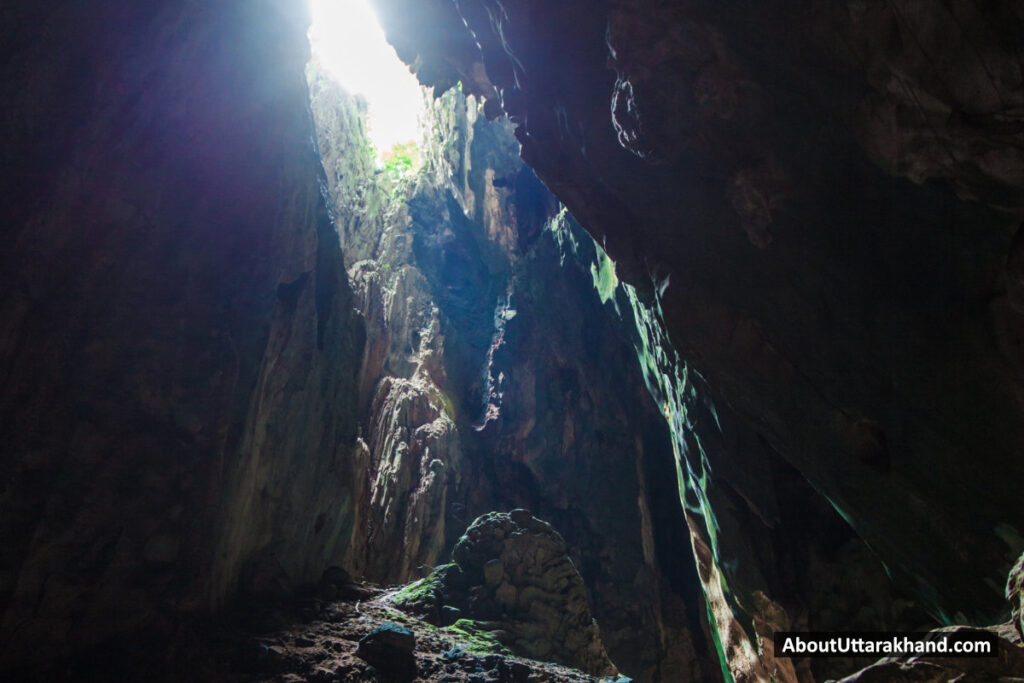
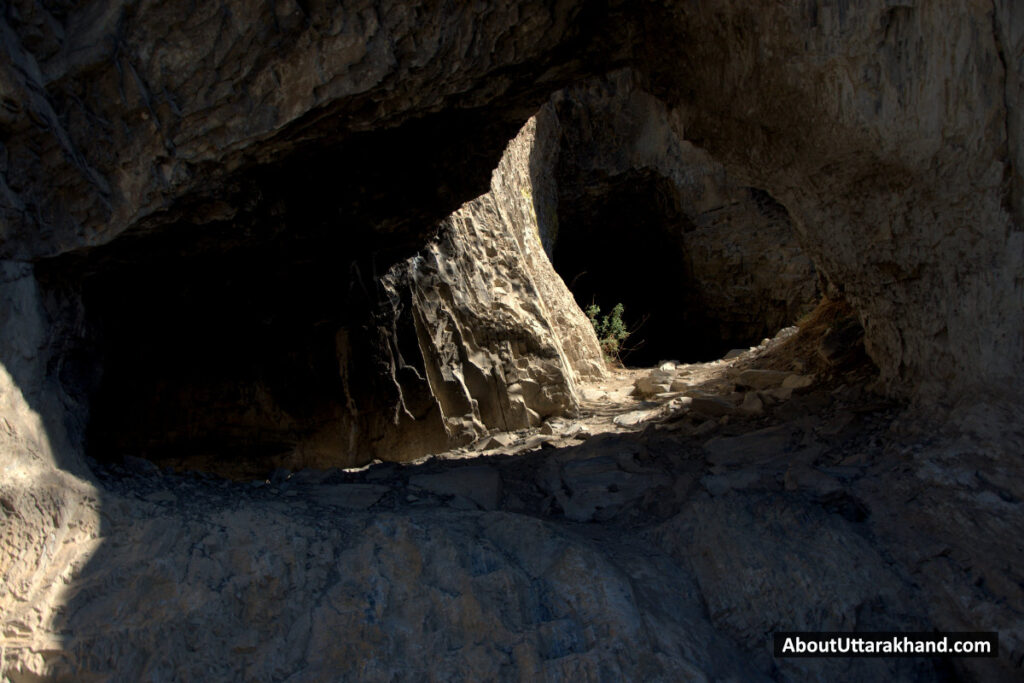

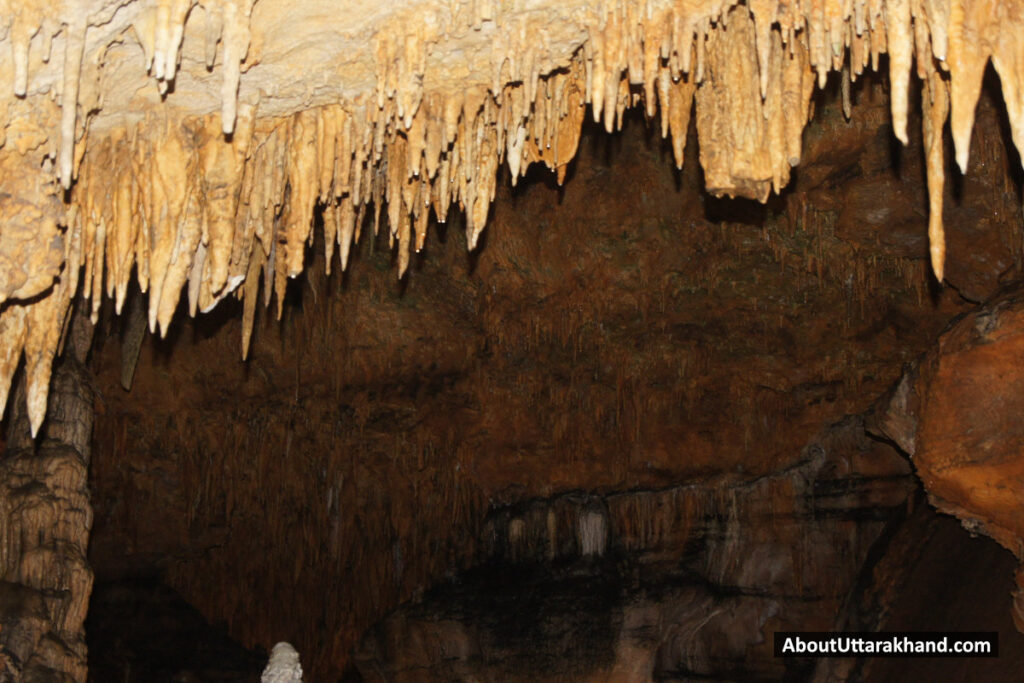

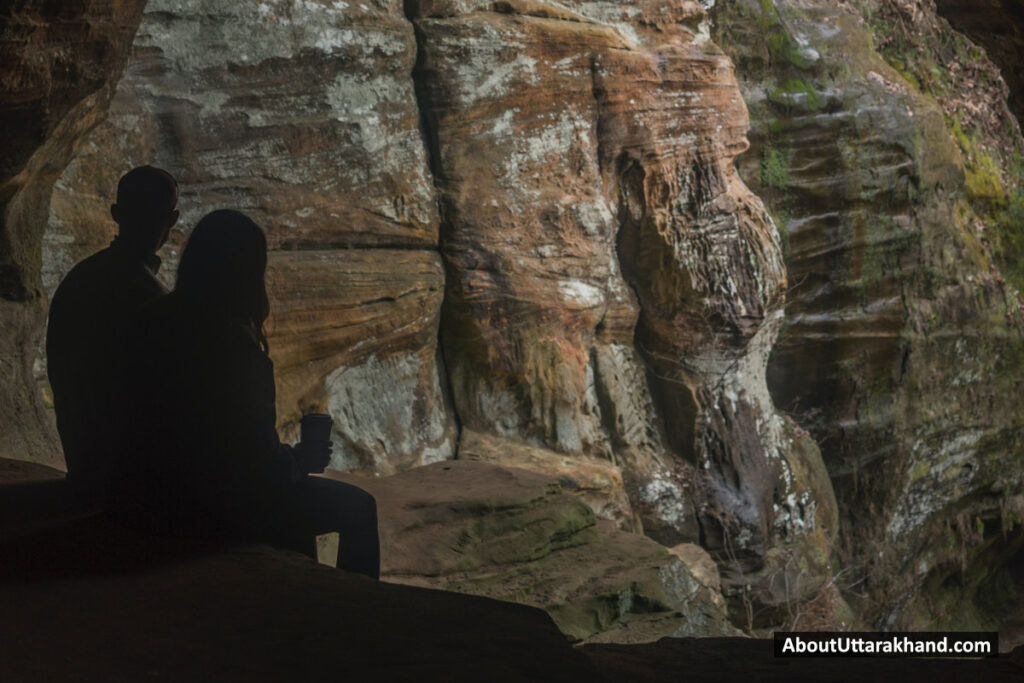




Belle Fable, keeps your trend ahead!
Gaumukh Glacier
The stunning Gaumukh Glacier, in the Uttarkashi region of Uttarakhand, India, is situated close to Gangotri and framed by the towering Garhwal Himalayas. Glaciers like this one attract tourists, hikers, and nature lovers from all over the globe because of the deep religious significance they have for Hindus as the headwaters of the holy Ganges River. The ascent to Gaumukh is an adventure in body and spirit, providing an opportunity to commune with the holy and the natural world.
Nandhaur Wildlife Sanctuary
The Nandhaur Wildlife Sanctuary is a haven for wildlife and stunning scenery, set in the tranquil hills of Uttarakhand. This sanctuary, in the Nainital District close to Haldwani, is a paradise for people who appreciate nature and animals. Its varied habitats, which include grasslands, ponds, and thick forests, have earned it recognition across its 269 square kilometers of territory.
Sonanadi Wildlife Sanctuary
The Sonanadi Wildlife Sanctuary invites animal lovers and nature lovers to come and enjoy the quiet beauty of Uttarakhand's serene surroundings. Hidden in the Nainital District, not far from Nainital, lies a refuge that begs to be discovered. Its varied wildlife and flora make this area, which covers around 301.18 square kilometers, a popular destination for ecotourists and those interested in biodiversity.
Binsar Wildlife Sanctuary
The Binsar Wildlife Sanctuary is a haven for wildlife and a monument to Uttarakhand's rich biodiversity, is situated in the picturesque Kumaon Himalayas. Nature lovers and wildlife aficionados will find this refuge, situated near Almora in the Almora District, to be a paradise. Covering about 47.04 square kilometers, it is famous for its verdant forests, varied fauna, and breathtaking views of the Himalayan mountains in the distance.
Tawaghat Wildlife Sanctuary
The Tawaghat Wildlife Sanctuary is a haven for adventurers and ecotourists, tucked away in the foothills of the towering Himalayas. This hidden gem of a sanctuary is located near Dharchula in Uttarakhand's Pithoragarh District. Despite its relatively tiny size (around 70 square km), this animal sanctuary is just as magical as any other.
Chilla Wildlife Sanctuary
.The Chilla Wildlife Sanctuary, located on the banks of the pure Ganges River, is a living monument to the beauty and variety of Uttarakhand's natural landscape. This sanctuary is a paradise for anyone who love nature and wildlife; it is located in the Pauri Garhwal District, close to Rishikesh. Covering over 249 square kilometers, it is a major wildlife sanctuary in the state that provides a peaceful haven amidst the majestic Himalayas.





